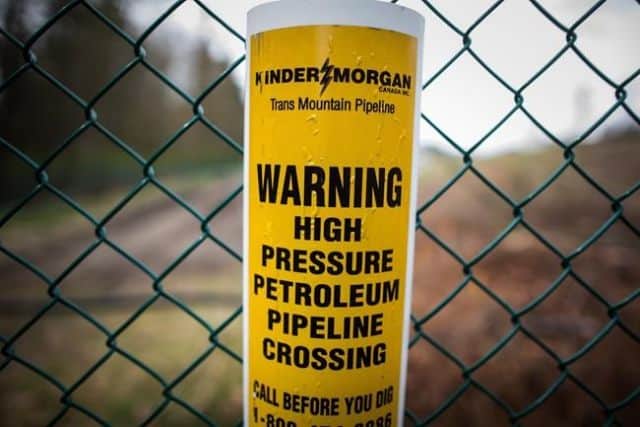
The notion of a pan-Canadian corridor dedicated to rail, power lines and pipelines has been around for at least half a century but it looks like it’s about to get a big publicity boost.
Last week, Conservative Leader Andrew Scheer used a major pre-election policy speech to dust off a similar idea. Scheer promised, if he wins October’s election, that he would to work towards establishing a cross-country “energy corridor.”
He said planning for the route would be done up front, in consultation with provinces and Indigenous communities. A right-of-way would make iteasier to lower environmental assessment costs, improve certainty for investors and increase the chances more projects will be built, Scheer said.
Interest in a coast-to-coast corridor has picked up in recent years. Energy infrastructure proposals have failed to secure approval due to tough regulatory processes and community concerns over environmental impacts.
For instance, the shortage of pipeline capacity out of oil-rich Alberta has created a bottleneck that’s harmed both the provincial and national economies. Sellers have had to sell at deep discounts because there simply isn’t the transportation capacity to get oil to willing buyers.
In the last few years, a few academics and senators have recommended the federal government give the corridor concept a serious look, even though making it happen would be a big, multi-jurisdictional undertaking.
Scheer’s pitch appears to have drawn inspiration from a 2016 University of Calgary paper that offered possible solutions through a northern corridor for transportation and infrastructure.
G. Kent Fellows, who co-authored the report, said the right-of-way could be used for roads, rail, pipelines, electricity transmission lines and telecommunications. The study’s proposed 7,000-kilometre corridor would also serve communities well north of the existing east-west routes that run closer to the U.S. border. In concept, a main line and offshoots would connect ports in northern British Columbia and the Northwest Territories to Churchill, Man., eastern Quebec and Labrador.
The hurdles of consultations and regulatory oversight for new projects are significant, Fellows said.
“Those regulations are definitely there for a reason, but we were trying to come up with a better model,” he said.
Dedicated infrastructure corridors have had success in other jurisdictions, including Europe and Australia, Fellows said.
Pipelines are very good at generating economic benefits at both ends of the line, and not so much in the middle — but roads, rail, electricity and telecom can help people all along the route, Fellows said.
“You might not make everyone 100-per-cent happy, but the goal is to try to make everyone a little bit happier than they are now,” said Fellows, who co-wrote the paper with Andrei Sulzenko.


